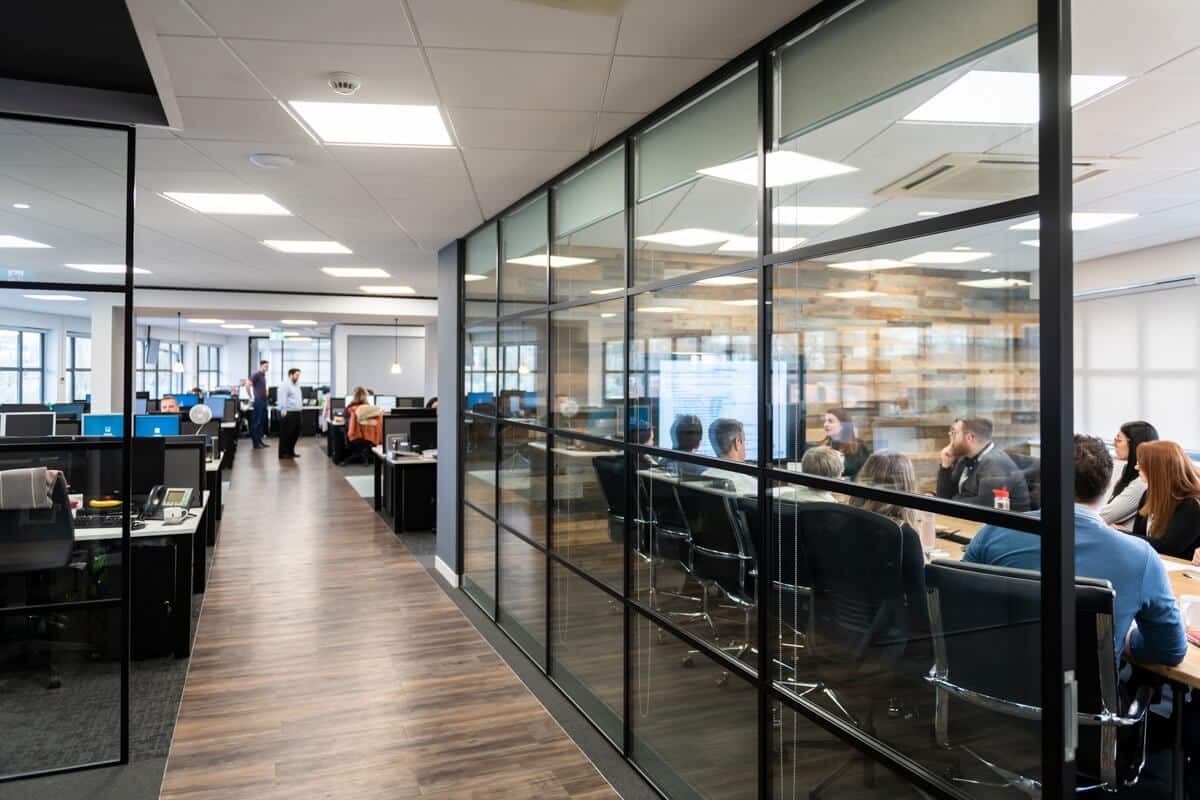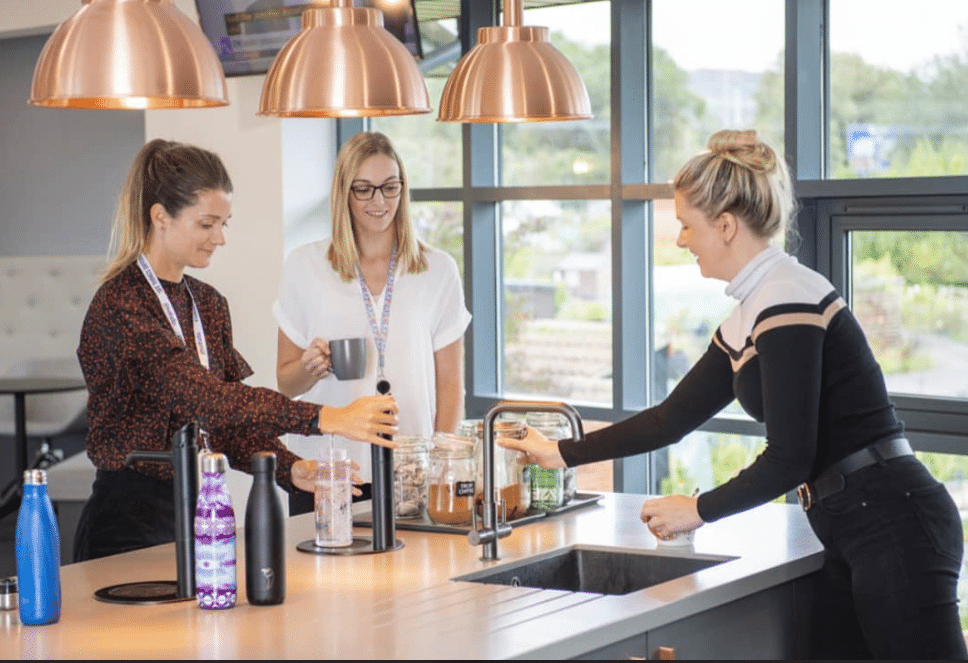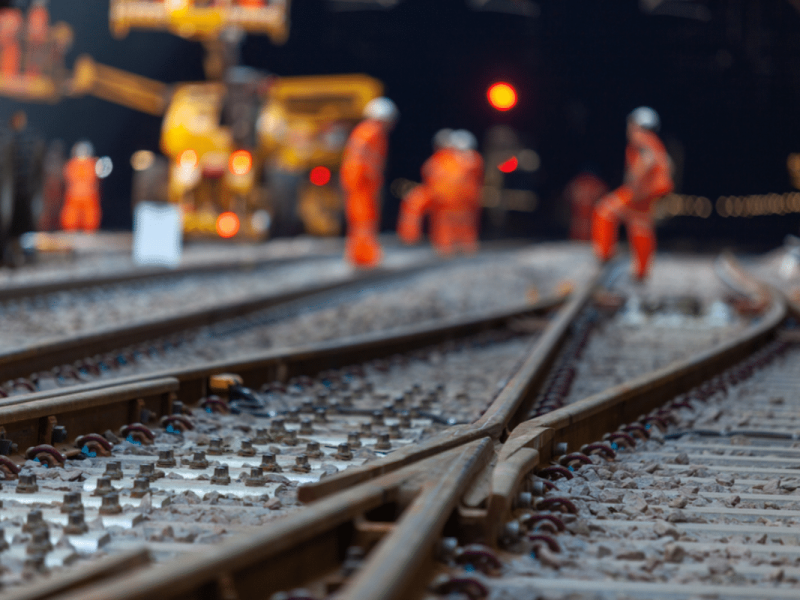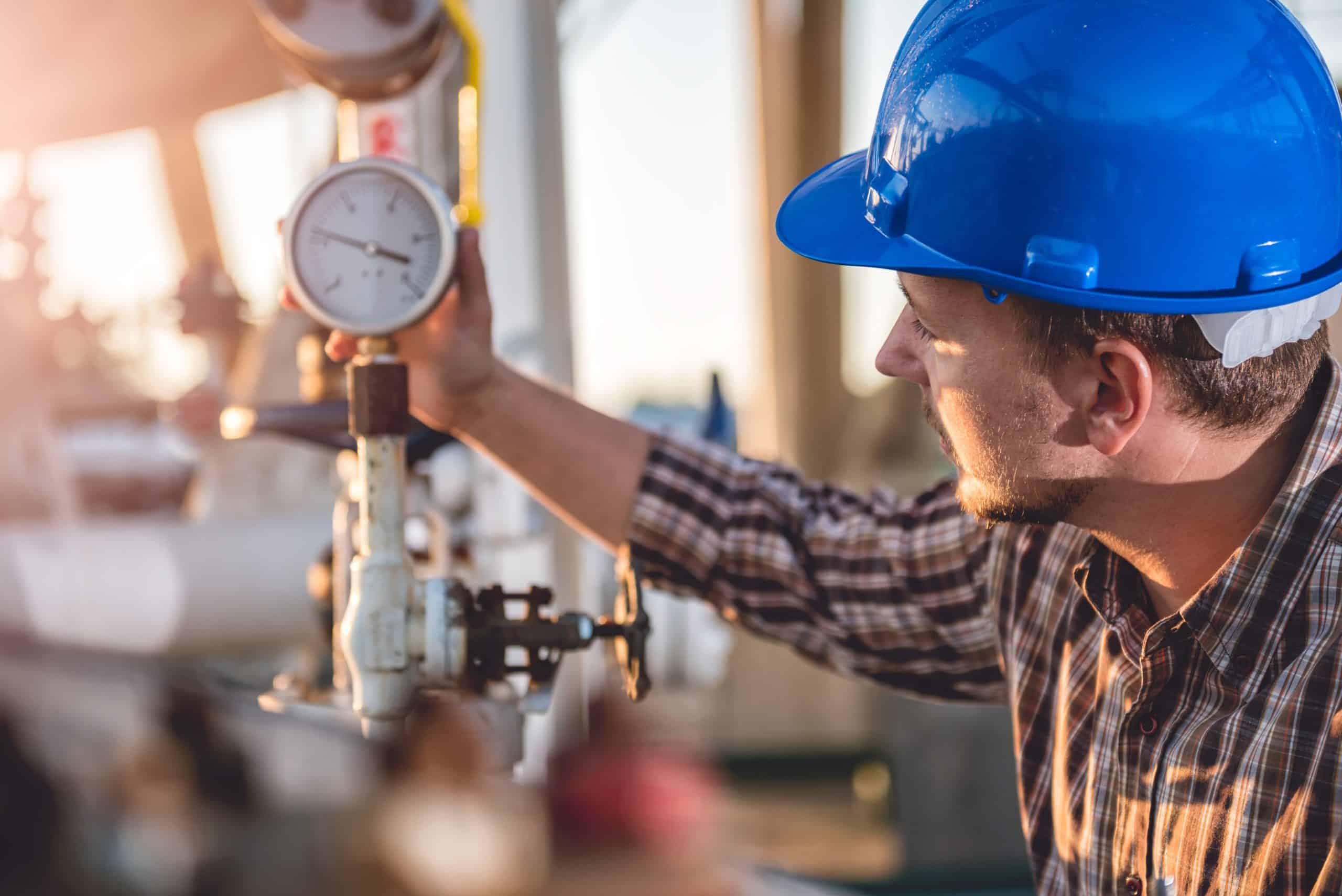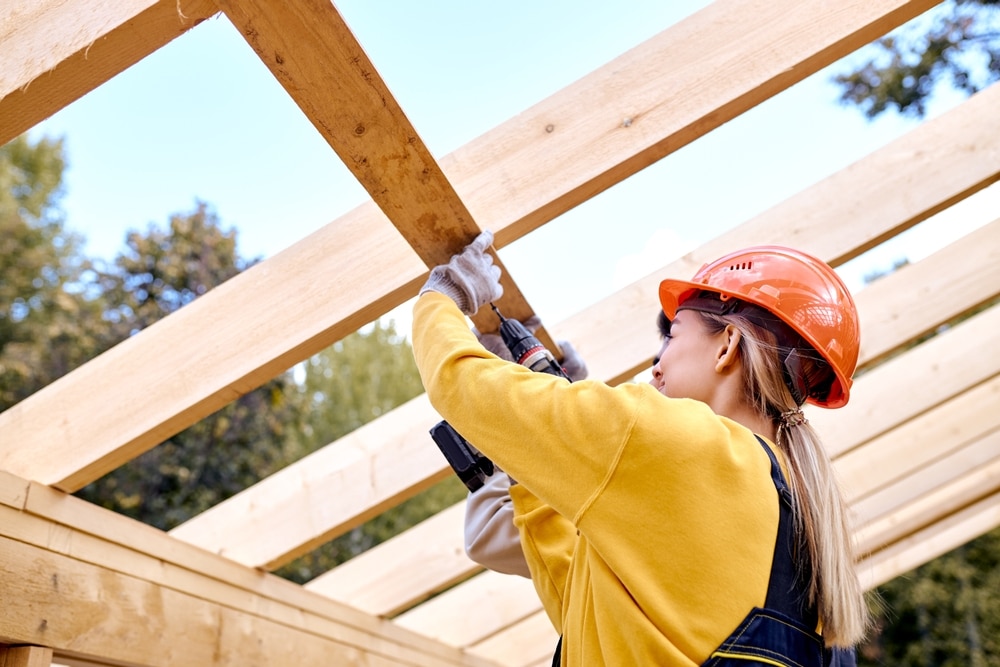COVID-19 disrupted rail’s momentum. But as normality returns the sector has an opportunity to build back better. And one of the areas primed for improvement is sustainability.
Fuelling a busy industry: Room for improvement
Sustainability is already key to rail’s appeal. While rail accounts for 10% of the UK’s journeys, it only contributes 1.4% of its domestic transport emissions.
According to the Department for Transport, for every kilometre a person travels, passenger trains produce a third of the CO2e• emissions of the average petrol car. Those emissions continue to fall each year (35.1g CO2e per passenger kilometre in the 12 months to March 2020, down 4.1% year-on-year).
But there’s still room for improvement.
One of the reasons for passenger rail’s ongoing improvement is the rate at which it’s replacing diesel with electricity. In freight rail, the opposite is happening. Diesel usage here rose 12.5% to 172 million litres in 2019-20: the highest it’s been for five years. CO2e emissions from freight trains have increased to 27.5g CO2e per tonne per kilometre: the highest they’ve been since 2011-12.
•(CO2e = Carbon dioxide equivalent – used to describe different greenhouse gases in a common unit).
Low-carbon energy sources
More needs to be done to adjust how the rail network is powered. Replacing more diesel carriages with electric ones will certainly help, but there are other options.
In December 2020, Hitachi and GWR announced plans to launch the UK’s first battery-powered long-distance train route between London and Penzance. In Mainland Europe we’ve seen hydrogen used to fuel CO2-free journeys on the German-made Coradia iLint. These developments prove that a diesel-less future for rail is possible. Now it just needs to happen on a larger scale.
Building greener infrastructure
Rail infrastructure is another area with the potential for sustainable developments.
Rail routes in Great Britain cover around 16,000 km, with a total track length just over 31,000 km. These tracks are typically made using steel with concrete/wooden sleepers in-between. Yet engineers are beginning to trial other, more sustainable materials.
Network Rail, for example, recently introduced the first composite sleepers onto its main-line rail tracks. Made using recycled plastics such as bottles and food packaging, these sleepers are expected to last for 50 years. They are also produced in the UK, further reducing Network Rail’s carbon footprint.
The time for the industry to commit is now
Earlier this year Network Rail announced its own sustainability intentions by signing the UIC (International Union of Railways) Climate Declaration. Made by 35 (at the time or writing) global rail leaders, the commitment aims to meet decarbonisation targets set in line with the Paris Agreement.
Martin Frobisher OBE, Director of safety at Network Rail, summarised rail’s current situation perfectly:
“We’re making terrific progress and of course, rail has good credentials as an emissions-friendly form of mass transport. But there is still a lot more we have to do in the coming years to leave a positive environmental legacy and enable rail to play a leading role in driving green economic growth.”
While developments like battery-powered trains and composite sleepers support the journey Frobisher describes, they must be rolled out on much larger scales. For that to happen, it’s imperative that rail and infrastructure companies work together.

